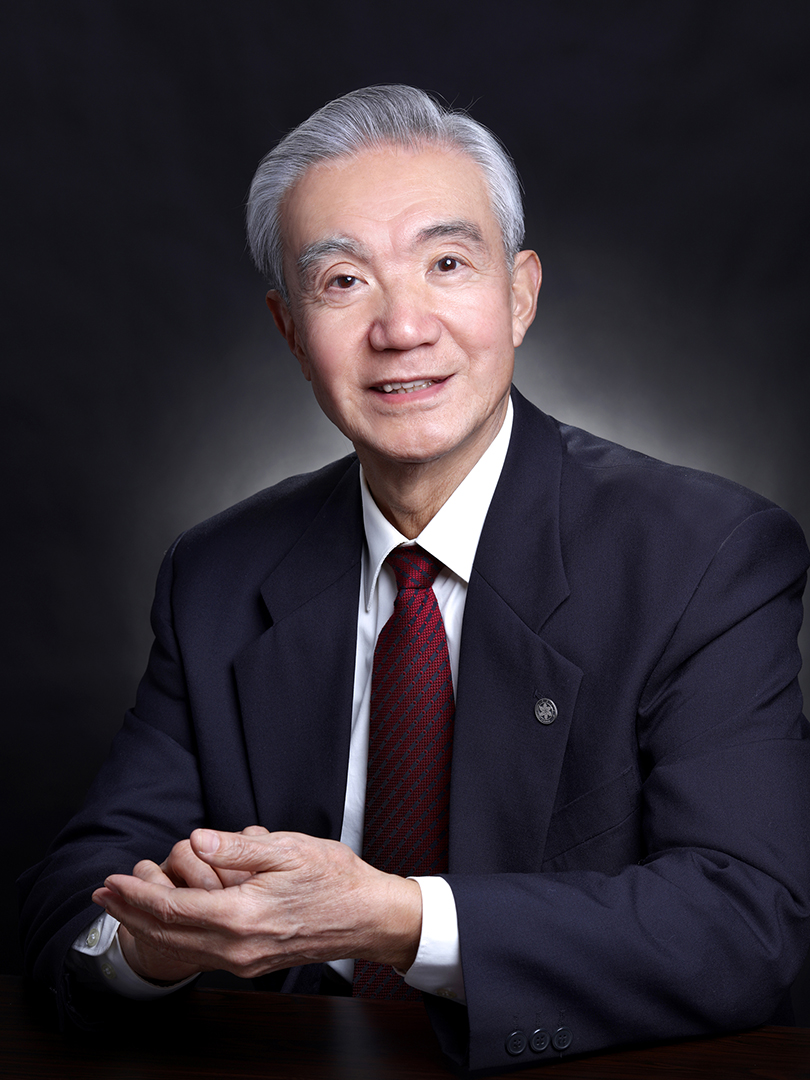

- Institute of Condensed Matter Physics
- Condensed Matter Physics
- 021-62932827
- Room 701, No. 5 Science Building
- xllei@sjtu.edu.cn
Lei Xiaolin was Born in November 27, 1938 in Guilin, Guangxi Province, China and graduated from the Department of Physics, Peking University in 1963. After teaching at Shandong University from 1963 to 1976, he joined the research staff of Shanghai Institute of Metallurgy, Chinese Academy of Sciences (CAS) in late 1978. He was a visiting scientist (1983-1984) at University of Houston, a visiting associated professor (1984-1985) at City College of City University of New York, and a visiting professor (1985-1987) at Stevens Institute of Technology, USA. He was a research professor (1986-2000) at Shanghai Institute of Metallurgy, CAS and elected the academician of the Chinese Academy of Sciences in 1997. He is currently a professor of Shanghai Jiao Tong University.
- Lei Hsiao-lin, Superconducting films in a magnetic field, Acta Physica Sinica, 21, 1619 (1965).
- X.L. Lei, C.S. Ting, Green's function approach to nonlinear electronic transport for an electron-phonon- impurity system in a strong electric field, Phys. Rev. B 32, 1112(1985).
- X.L. Lei, J.L. Birman, C.S. Ting, Two dimensional balance equations in nonlinear electronic transport and application to GaAs-GaAlAs heterojunctions, J. Appl. Phys. 58, 2270(1985).
- X.L. Lei, H.L. Cui, N.J. Horing, Theory of negative differential conductivity in a superlattice miniband, Phys. Rev. Lett. 66, 3277(1991).
- X.L. Lei, Balance-equation approach to hot-electron transport in semiconductors irradiated by an intense terahertz field, J. Appl. Phys. 84, 1396 (1998).
- X.L. Lei, S.Y. Liu, Radiation-induced magnetoresistance oscillation in a two-dimensional electron gas in Faraday geometry, Phys. Rev. Lett. 91, 226805(2003).
- X. L. Lei, S.Y. Liu, Radiation-induced magnetotransport in high-mobility two-dimensional systems: Role of electron heating, Phys. Rev. B 72, 075345(2005).
- X.L. Lei, Current-induced magnetoresistance oscillations in two-dimensional electron systems,Appl. Phys. Lett. 90, 132119(2007).
- X.L. Lei, Balance Equation Approach to Electron Transport in Semiconductors, Singapore: World Scientific Publishing Co., 2008.
- X.L. Lei, Magnetoresistance oscillations in high-mobility two-dimensional semiconductors: A unified description with balance-equation model, Mater. Sci. & Eng. R, 70, 126 (2010).

